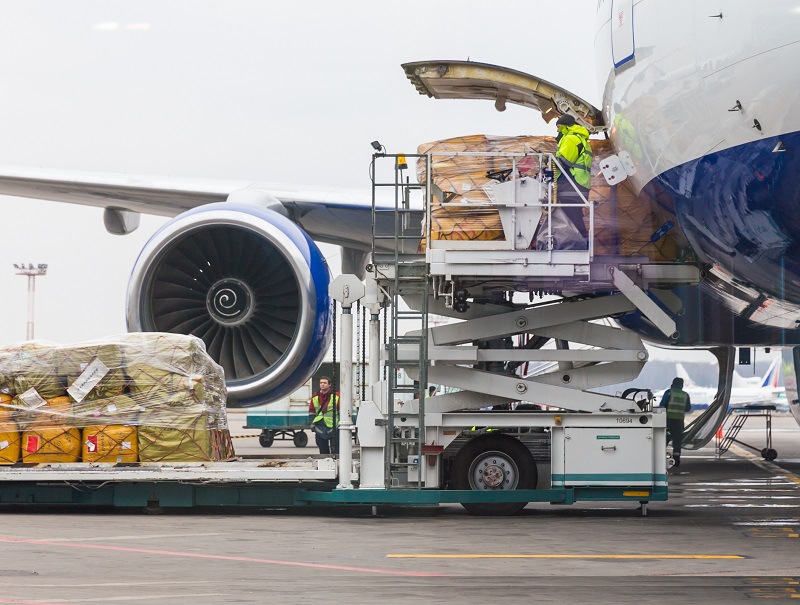The International Air Transport Association (IATA) released March 2021 data for global air cargo markets showing that air cargo demand continued to outperform pre-COVID levels (March 2019) with demand up 4.4%.
The demand in March reached the highest level recorded since the series began in 1990. Month-on-month demand also increased albeit at a slower pace than the previous month with volumes up 0.4% in March over February 2021 levels.
Global demand, measured in cargo tonne-kilometres (CTKs), was up 4.4% compared to March 2019 and 0.4% compared to February 2021. This was a slower rate of growth than the previous month, which saw demand increase 9.2% compared to February 2019.
A weaker performance by Asia-Pacific and African carriers compared to February contributed to softer growth in March.
Global capacity, measured in available cargo tonne-kilometres (ACTKs), continued to recover in March, up 5.6% compared to the previous month. Despite this, capacity remans 11.7% below pre-COVID-19 levels (March 2019) due to the ongoing grounding of passenger aircraft.
Airlines continue to use dedicated freighters to plug the lack of available belly-capacity. International capacity from dedicated freighters rose 20.6% in March 2021 compared to the same month in 2019 and belly-cargo capacity of passenger aircraft dropped by 38.4%.
Demand for exports grew broadly in March. This was concentrated in developed countries during January and February. Delivery times for manufactured goods are increasing which normally indicates increased demand for air cargo in efforts to reduce shipping time.
Global trade rose 0.3% in February – the ninth consecutive monthly increase and the longest continuous growth in more than two decades.
“Air cargo continues to be the bright spot for aviation. Demand reached an all-time high in March, up 4.4% compared to pre-COVID levels (March 2019). And airlines are taking all measures to find the needed capacity.
“The crisis has shown that air cargo can meet fundamental challenges by adopting innovations quickly. That is how it is meeting growing demand even as much of the passenger fleet remains grounded. The sector needs to retain this momentum post-crisis to drive the sector’s long-term efficiency with digitalisation,” said Willie Walsh, IATA’s Director General.
Asia-Pacific airlines saw demand for international air cargo drop 0.3% in March 2021 compared to the same month in 2019. The slight weakness in performance compared to the previous month was seen on most of the trade lanes connected with Asia. International capacity remained constrained in the region, down 20.7% versus March 2019. The region’s airlines reported the highest international load factor at 78.4%.
Middle Eastern carriers posted a 9.2% rise in international cargo volumes in March 2021 versus March 2019. Month-on-month, Middle East carriers posted the strongest growth of all regions, up 4.4%.
Of the region’s key international routes, Middle East-North America and Middle East-Asia have provided the most significant support, rising 28% and 17% respectively in March compared to March 2019. International capacity in March was down 12.4% compared to the same month in 2019.
African airlines’ cargo demand in March increased 24.6% compared to the same month in 2019, the strongest of all regions. Robust expansion on the Asia-Africa trade lanes contributed to the strong growth. March international capacity decreased by 2.1% compared to March 2019.

